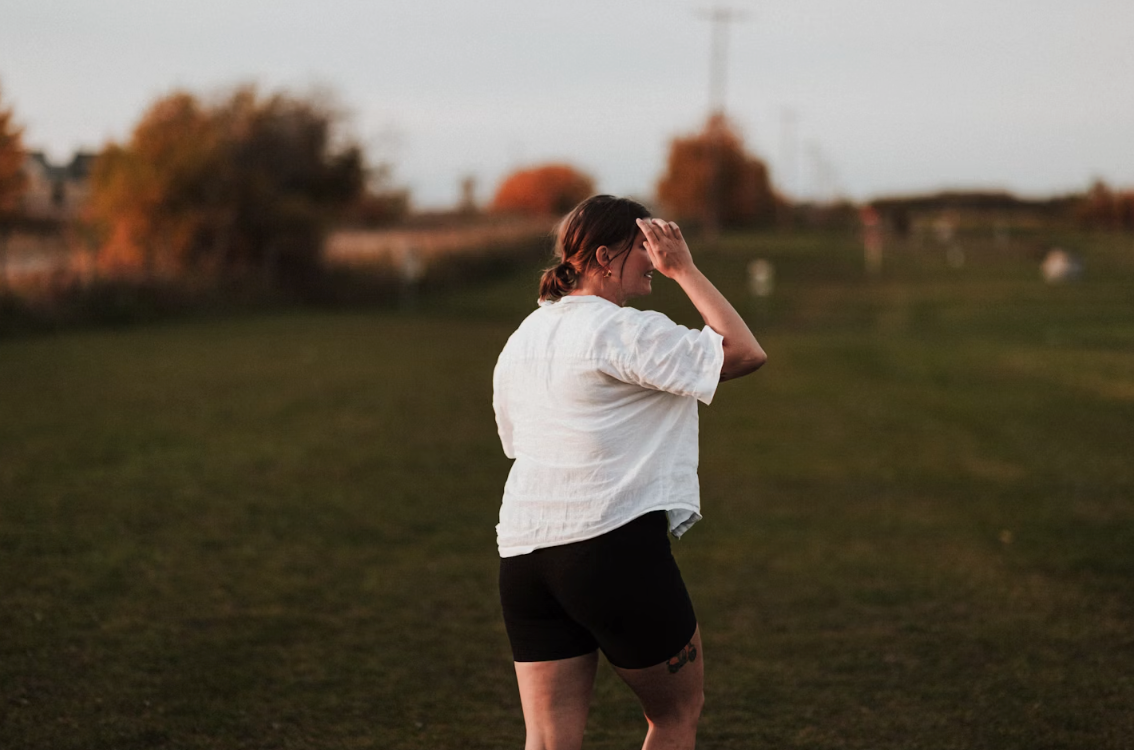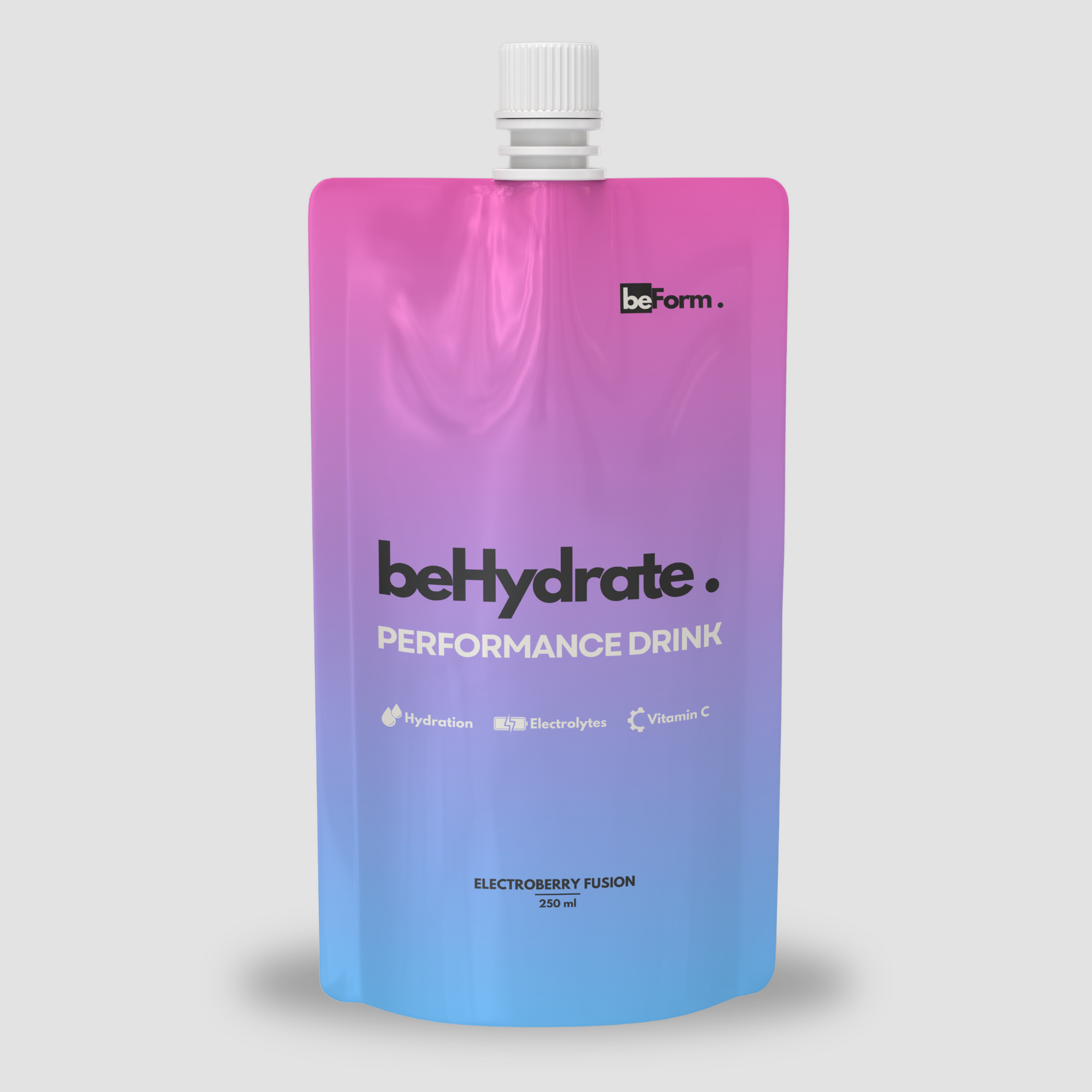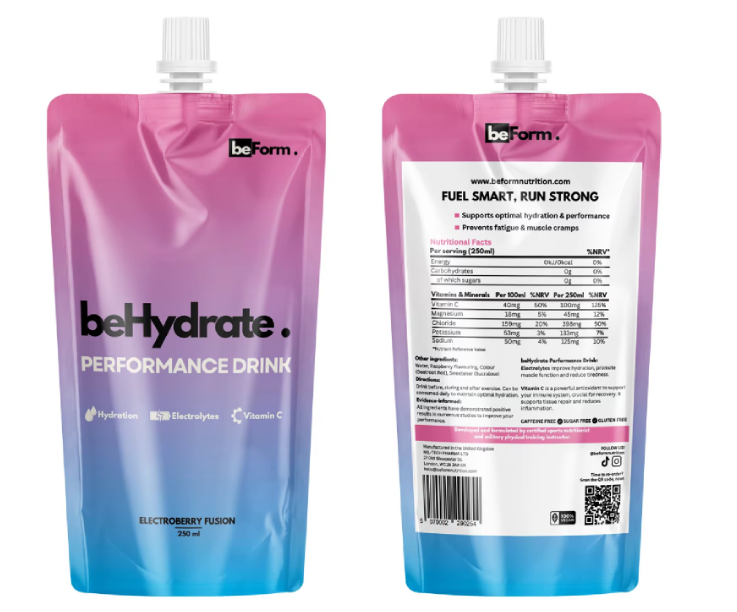Running Cadence Calculator
Understanding Running Cadence
Running cadence, also referred to as stepping frequency, refers to the total number of steps an individual takes per minute when running.
This metric serves as an essential aspect of running form that influences performance and overall efficiency. Understanding your running cadence is vitally important for runners of all levels as it helps optimise running efficiency, speed, and injury prevention.
Recreational and competitive runners typically aim for an ideal cadence in the range of 160 to 180 steps per minute, though this figure may fluctuate based on individual factors like height, running experience, personal comfort and personal preferences.
New runners may gravitate toward lower cadences while more seasoned athletes typically maintain a higher frequency; nonetheless, each runner should find their optimal cadence that complements their specific running style.
Improving running cadence has been shown to enhance overall running efficiency.
When taking shorter, quicker steps instead of longer strides, their body can lower impact forces on joints, leading to less impact forces on joints and therefore reduced injury risk.
Furthermore, maintaining a higher cadence helps minimise overstriding, which occurs when runners land too far in front of their centre of gravity and could potentially cause injuries such as shin splints or plantar fasciitis.
Efficient running cadence directly ties in with increased speed; increasing cadence helps runners cover distance more rapidly without becoming exhausted, so understanding this aspect of running cadence is integral for those looking to maximise performance and minimise injury risk while reaping all of its many rewards.
Benefits of Monitoring Cadence
An appropriate running cadence, typically between 170 to 180 steps per minute, can significantly improve running form and efficiency while also helping prevent overstriding, which often results in inefficient energy expenditure and increases risk of injury.
Adjusting running cadence allows athletes to find an optimal balance between speed and stability and overall running performance - ultimately improving running performance overall.
Research supports the claim that an optimal cadence can contribute to increased speed and endurance.
According to a Journal of Sports Sciences study, runners who focused on their cadence saw marked improvements in race times.
As runners adapt their pace and technique, they may notice advancements in overall performance - e.g. expert long-distance runners often stress maintaining a consistent cadence during longer runs in order to conserve energy more efficiently while tapping into their endurance reserves more effectively.
Monitoring running cadence provides a practical means of injury prevention.
Many running-related injuries stem from biomechanical issues caused by improper form, and by keeping track of cadence, runners can identify early warning signs of overuse or form breakdown, allowing athletes to adapt their stride rate and mitigate injuries such as shin splints and runner's knee.
Experienced runners have reported decreased injuries and improved training results after becoming more mindful about cadence and consciously adjusting stride frequency.
Monitoring cadence has many advantages for runners, such as improved form, increased performance and reduced likelihood of injuries. By paying close attention to their cadence, you can unlock their full potential while experiencing a safer and more enjoyable running experience on roads or trails.
How to Calculate Your Running Cadence
There are various effective methods available for measuring running cadence that can be tailored to individual preferences and available resources.
Smartphone apps or wearable devices designed to track running metrics provide real-time feedback during runs, while wearable devices such as fitness trackers offer effortless stride rate measurement, providing essential feedback during runs.
Manual counting can be an efficient method to calculate cadence. Simply find a flat and clear path where running comfortably at a comfortable pace can take place, and count how often your right foot hits the ground in 30-second intervals, multiplying that figure by two to get your total running cadence figure.
This manual method works well both outdoors and on treadmills for ultimate flexibility, regardless of the environment.
Consistency is of utmost importance when measuring cadence. To establish an accurate average, runners should record multiple runs at different paces to record cadence measurements over multiple runs and over time.
They should also avoid common miscalculations caused by distractions during counting, as well as sudden pace changes affecting measurements.
To increase precision, keep a steady baseline pace during counts and make sure you are well rested - this will enable them to monitor and adjust running cadence more easily, thus improving the overall running experience.
Tips for Improving Running Cadence
Improving your running cadence can significantly enhance performance and decrease injury risks.
To start, it is key to develop specific training strategies that focus on increasing step frequency while maintaining proper form.
A great way of doing so is adding cadence drills into your routine - these include high knee exercises and quick feet drills, which encourage quick turnover rates as well as helping your muscle memory learn to recognise desired cadences more readily.
An alternative strategy involves making form adjustments during runs. Adopting an upright posture, relaxing shoulders, and landing midfoot are all beneficial to increasing cadence.
Focus on short, quick strides rather than longer strides for maximum efficiency; metronome apps may serve as useful auditory cues to maintain a consistent cadence.
Structured runs can help improve your running cadence. Incorporating tempo runs and interval training can encourage you to focus more on increasing your step rate without becoming fatigued during training sessions.
Aim for an increase of five per cent each week, as this allows your body to adjust more slowly, reducing any sudden risks for injuries associated with sudden changes.
Maintain a positive mindset throughout this process to remain motivated and adhere to training. Being aware of your running rhythm and celebrating small improvements will improve motivation and adherence, and over time, these adjustments will become part of your natural running form.
Keep in mind that practice and patience are the keys to successfully increasing cadence while maintaining overall movement efficiency.
You can also support your training with our supplements for runners that have been formulated to improve power, strength, recovery and energy.
Conclusion
Understanding and improving running cadence is crucial for enhancing performance, efficiency, and injury prevention in runners.
By focusing on optimal step frequency and making necessary adjustments, athletes can achieve better speed and reduce the risk of injuries.
Please share any insight or advice on our Facebook page so we can all work together and enjoy running to the fullest.




























